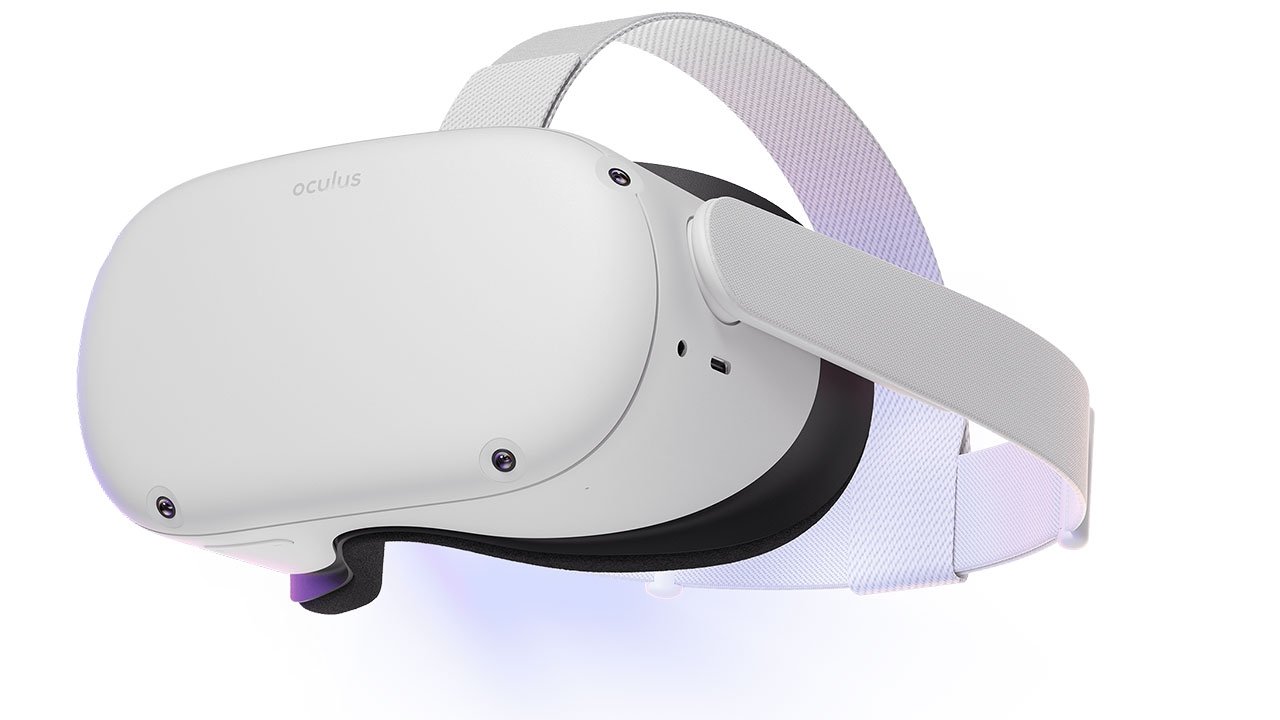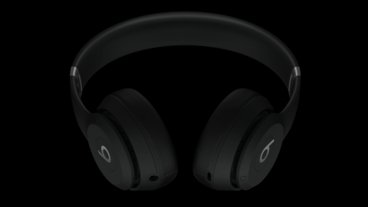Kuo: Apple AR headset to feature 15 cameras for 'pass-through' VR experience, biometrics
Apple's hotly anticipated augmented reality headset will be bristling with cameras to enable a range of advanced AR experiences, biometrics and more, according to well-connected analyst Ming-Chi Kuo.
Kuo in a note to investors on Tuesday predicted Apple to integrate a total of 15 cameras in an AR/MR headset rumored to launch in 2022. By comparison, existing VR hardware typically integrates between two and five cameras for interacting with the surrounding environment and performing image pass-through operations.
Eight camera modules, supplied mainly by Largan, are expected to be placed around the wearable "helmet" to facilitate pass-through VR, a technology that allows users to "see through" the enclosed device by feeding exterior images onto interior screens. Apple's product is said to utilize high-resolution MicroOLED displays.
Along with the eight cameras dedicated to pass-through VR, six modules will feed "innovative biometrics," Kuo says. It is unclear if the analyst is referencing user security biometrics — like Face ID — or the ability to capture facial features and body movements of others nearby for inclusion in a simulated experience.
Finally, a single camera module will be installed for environmental detection purposes.
Kuo outlined Apple's rumored headset in a report on Sunday. A first iteration expected to land in 2022 will boast its own processor and onboard storage, meaning it can operate without a connected iPhone or Mac. Deemed a portable device, the first-generation headset device is unlikely to be marketed as a mobile product.
Thanks to high specification hardware like MicroOLED screens and the 15-camera array, Kuo says Apple's first AR/MR wearable will deliver an "immersive experience that is significantly better than existing VR products."
Previous reports pegged the AR headset at $3,000, though Kuo said Apple will likely set a price closer to $1,000 to cover its complex design and construction.
Apple is also rumored to release a pair of AR glasses that leverage optical waveguide tech to overlay computer generated graphics onto real scenery. Dubbed "Apple Glass," the mobile device could be sold alongside the AR/MR headset and is anticipated to launch in 2025. The tech giant is also said to be working on a similar system based on contact lenses that could see introduction after 2030.
Kuo in today's report reiterates previous predictions about optics set to debut in next-generation iPhone models. For 2021, Face ID on iPhone will transition from a glass cover to plastic, while the 2022 model will rely on a "unibody" lens design that integrates the lens stack and voice coil motor into a single, space-saving assembly. Next year will also see Apple upgrade the telephoto shooter on high-end iPhones from a 6P lens array to a 7P stack.
 Mikey Campbell
Mikey Campbell











 William Gallagher
William Gallagher
 Andrew Orr
Andrew Orr
 Sponsored Content
Sponsored Content
 Malcolm Owen
Malcolm Owen



 Mike Wuerthele
Mike Wuerthele





